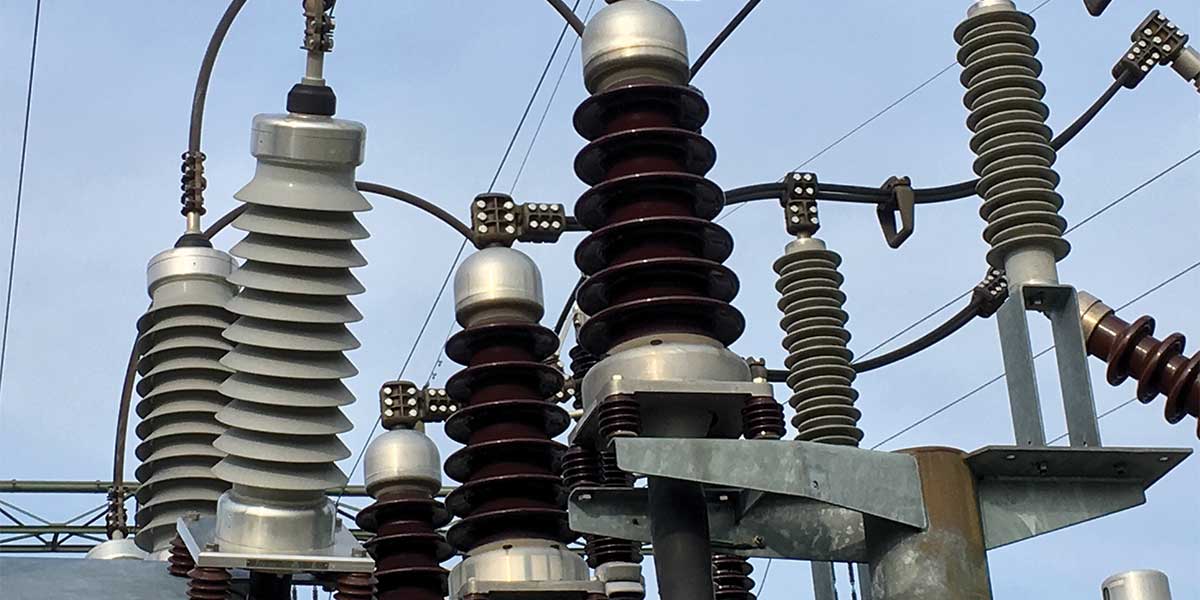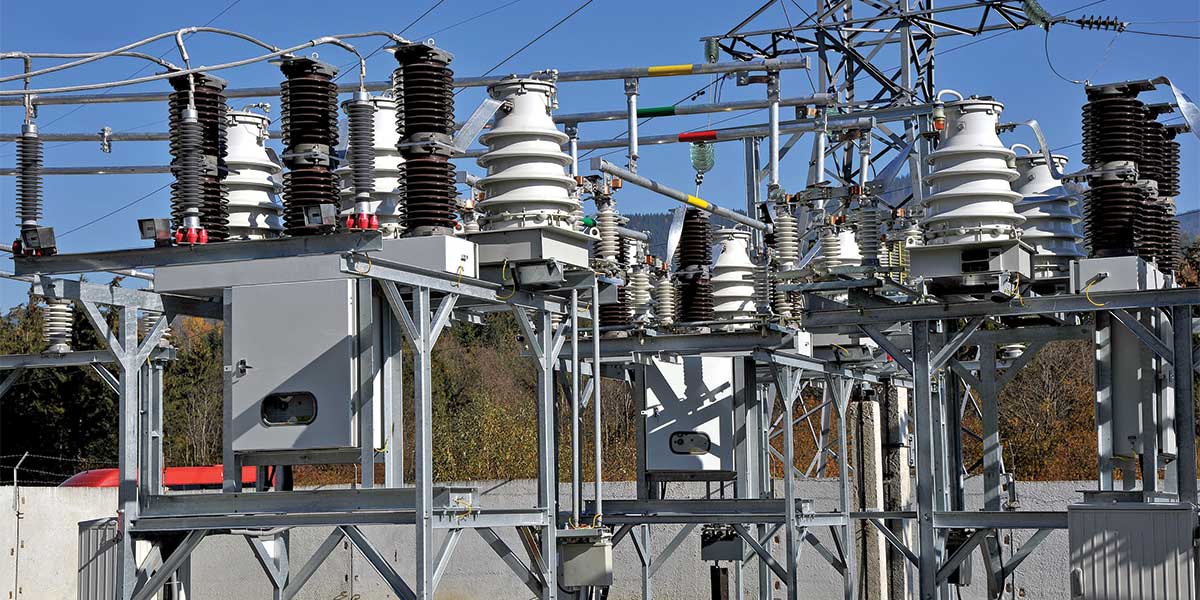Electrical transformers are an integral part of our daily lives, yet many of us may not know what they are or how they work. This blog post aims to demystify electrical transformers: what you need to know and provide a comprehensive understanding of their function and importance in the modern electrical landscape.
What is an Electrical Transformer?
Electrical transformers play a crucial role in electricity distribution by facilitating the transfer of electrical energy between different voltage levels. They are essential devices in power transmission and distribution systems, enabling efficient and safe electricity supply to homes, businesses, and industries. Without them, the electrical energy we rely on daily would not be usable at safe levels.
Transformers work on the principle of electromagnetic induction, where alternating current flowing through the primary coil induces a magnetic field in the transformer’s core. This magnetic field then induces a voltage in the secondary coil, transforming voltage levels while maintaining power continuity. Essentially, electrical transformers transform electrical energy from one circuit to another with a change in voltage but without changing the frequency.
The Purpose of Electrical Transformers
One primary function of transformers is to step up voltage levels for long-distance power transmission, reducing energy losses over extensive transmission lines. Conversely, transformers can also step down voltage levels to safer and more usable levels for household and commercial applications. Without transformers, electricity from power plants would be too strong to enter homes safely.
These devices come in various types and sizes, ranging from large units used in power substations to smaller units found on utility poles or inside buildings. They are crucial components of electrical infrastructure worldwide, ensuring reliable and efficient electricity supply that powers everything from industrial machinery to your morning coffee maker.
Most electrical transformers are built for these critical applications. The process used to transform energy is known as electromagnetic induction, utilizing magnetic fields to change voltage levels efficiently.
How Does a Transformer Work?
Transformers work on the principle of electromagnetic induction, as discovered by Michael Faraday in 1831. When an electric current passes through a coil (the primary coil), it generates a magnetic field. If a second coil (the secondary coil) is placed within this magnetic field, an electric current is induced within this second coil. This is the foundational concept behind electrical transformers: what you need to know to understand energy transfer systems.
The ratio of the number of turns in the primary coil to the number of turns in the secondary coil determines whether the transformer increases (steps up) or decreases (steps down) the voltage. For example, if the secondary coil has more turns than the primary, it steps up the voltage. If it has fewer turns, it steps down the voltage.
Transformer Core Types
-
Solid Core Transformers: Used for low-frequency applications.
-
Laminated Core Transformers: Reduce eddy current losses.
-
Toroidal Transformers: Donut-shaped, efficient with low electromagnetic interference.
Types of Transformers
There are several types of transformers, each designed for specific applications:
1. Power Transformers
Used in power generation stations and transmission substations for step-up and step-down applications. They handle large voltages, making them essential in transmitting electricity across long distances.
2. Distribution Transformers
Commonly used in distribution networks for the final voltage transformation in the electric power distribution system. These step down the voltage to usable levels for residential and commercial areas.
3. Isolation Transformers
Provide electrical isolation between the input winding and output winding, commonly used for safety in sensitive equipment.
4. Instrument Transformers
Used to measure electrical parameters like voltage and current. Includes current transformers (CTs) and potential transformers (PTs).
5. Autotransformers
Share primary and secondary windings partially. Compact and efficient but with limited electrical isolation.
Understanding the basics of electrical transformers: what you need to know helps us appreciate the complexity and ingenuity of our electrical power systems. These devices, though often overlooked, are vital in delivering electricity to homes and businesses, powering our modern world seamlessly.

What Are Electrical Transformers Used For?
Different electrical transformers serve different purposes depending on the task size. Everyday uses around the household may include powering appliances, equipment, and even children’s toys. The power that stems from large power plants is usually too powerful for its intended use; therefore, an electrical transformer downsizes the electricity into an appropriate voltage that is then transferred through coils.
Household Uses
- Phone and laptop chargers (step down voltage)
- Microwave ovens (use small transformers internally)
- Doorbell systems
- LED lighting transformers
Industrial Uses
- Machinery requiring specific voltages
- Electric arc furnaces in steel manufacturing
- Electroplating
Medical Uses
-
MRI machines and X-ray devices rely on precise transformer voltage adjustments for safety and performance.
What Are the Benefits of Electrical Transformers?
Aside from powering home appliances and equipment, electrical transformers have an enormous impact on our everyday lives. Many homes and businesses aren’t located within close proximity to a power plant. So, how do these homes and businesses get enough energy to operate? That’s where electrical transformers come in handy.
Key Benefits:
- Voltage Adjustment: Safely adjusts voltages for specific applications.
- Energy Efficiency: Reduces power loss over long-distance transmission.
- Safety: Provides electrical isolation and reduces risks of surges.
- Cost Savings: Improves distribution efficiency, reducing energy waste costs.
- Flexibility: Supports diverse industries with varying power needs.
The next time you eat a meal in the microwave or flick on the lights in your house, you’ll know exactly where that energy came from transformed for your safety and convenience.
FAQs
What is the main function of a transformer?
The main function of a transformer is to transfer electrical energy between circuits with a change in voltage level, ensuring efficient and safe distribution of electricity.
How do electrical transformers reduce energy loss?
By stepping up voltage for transmission and stepping it down for usage, transformers reduce the current in transmission lines, minimizing resistance-related energy losses.
Are transformers safe?
Yes, when installed and maintained properly, transformers are safe. They are designed to provide electrical isolation, voltage control, and minimize safety risks.
Can transformers work with renewable energy?
Absolutely. Transformers are used in solar farms and wind turbines to adjust voltages for grid integration and storage systems.
Why do transformers make a humming sound?
This is due to magnetostriction, where the core expands and contracts slightly when magnetized, creating audible vibrations.
Final Thought
Understanding electrical transformers: what you need to know is vital for appreciating the systems powering your home, devices, and businesses. These silent workhorses keep your world illuminated, your appliances running, and your industries operating efficiently. If you want your electrical systems to perform at their best, ensure they are managed and serviced by professionals who understand transformer installation, maintenance, and safety.
Contact Expert Electric Today
Elevate your electrical system with Expert Electric’s unparalleled service. Whether you’re looking to enhance your indoor ambiance or brighten your outdoor spaces, our team at Expert Electric is your ultimate solution. Don’t let subpar electrical work dim your property’s potential. Choose experts ready to illuminate every corner with precision and care.
📞 Call Us: 604-681-8338
📧 Email Us: info@expertelectric.ca


